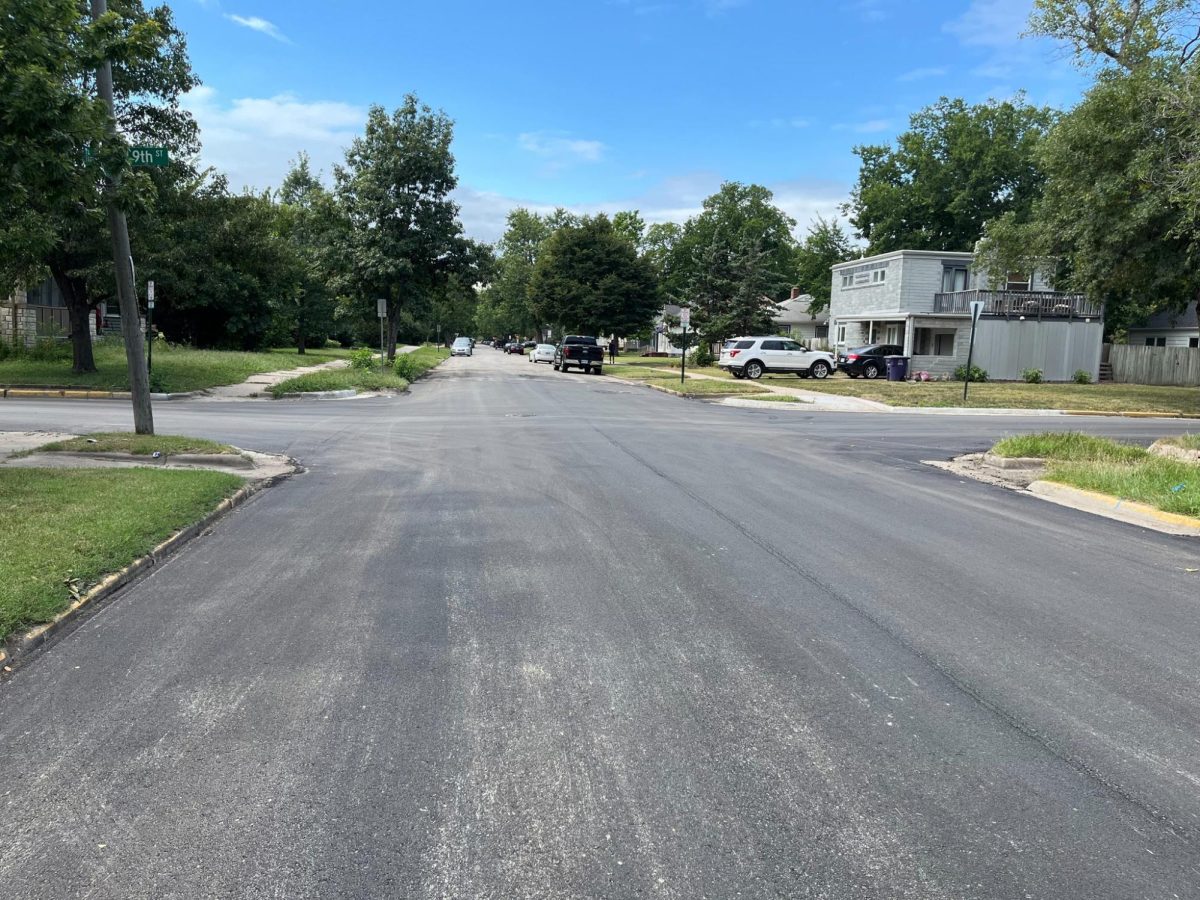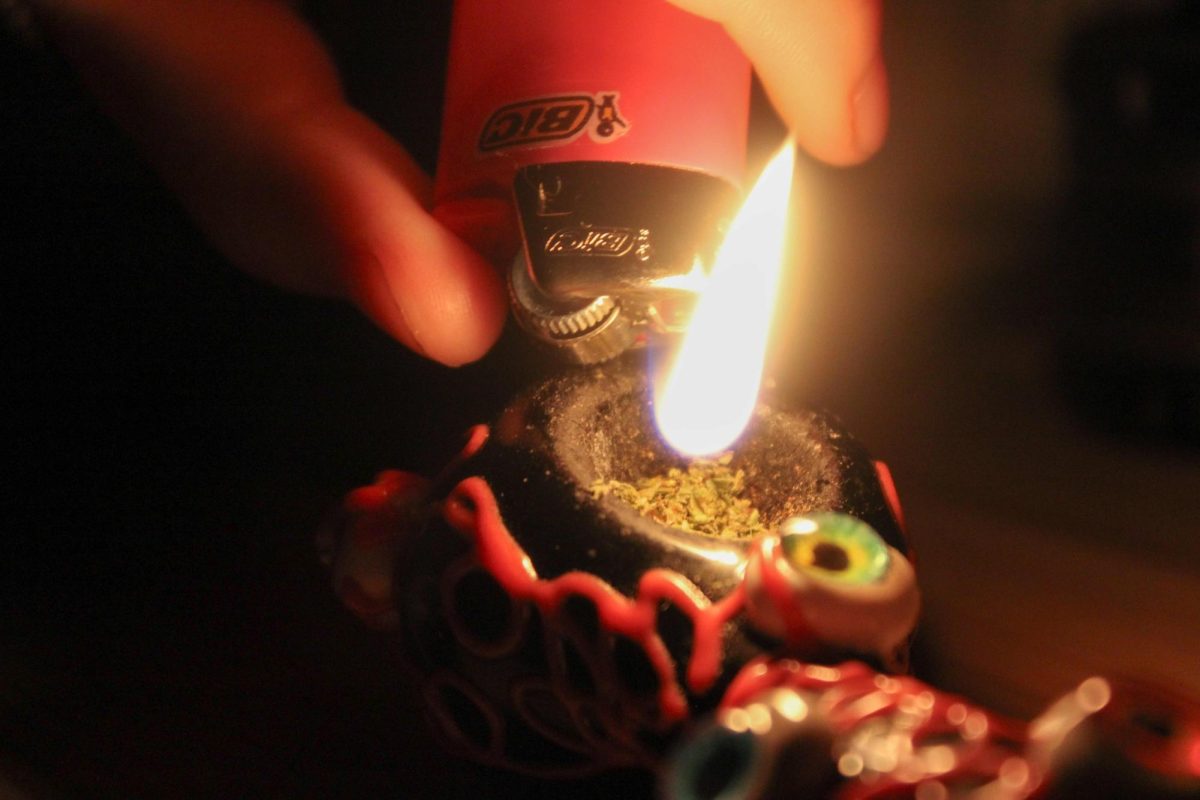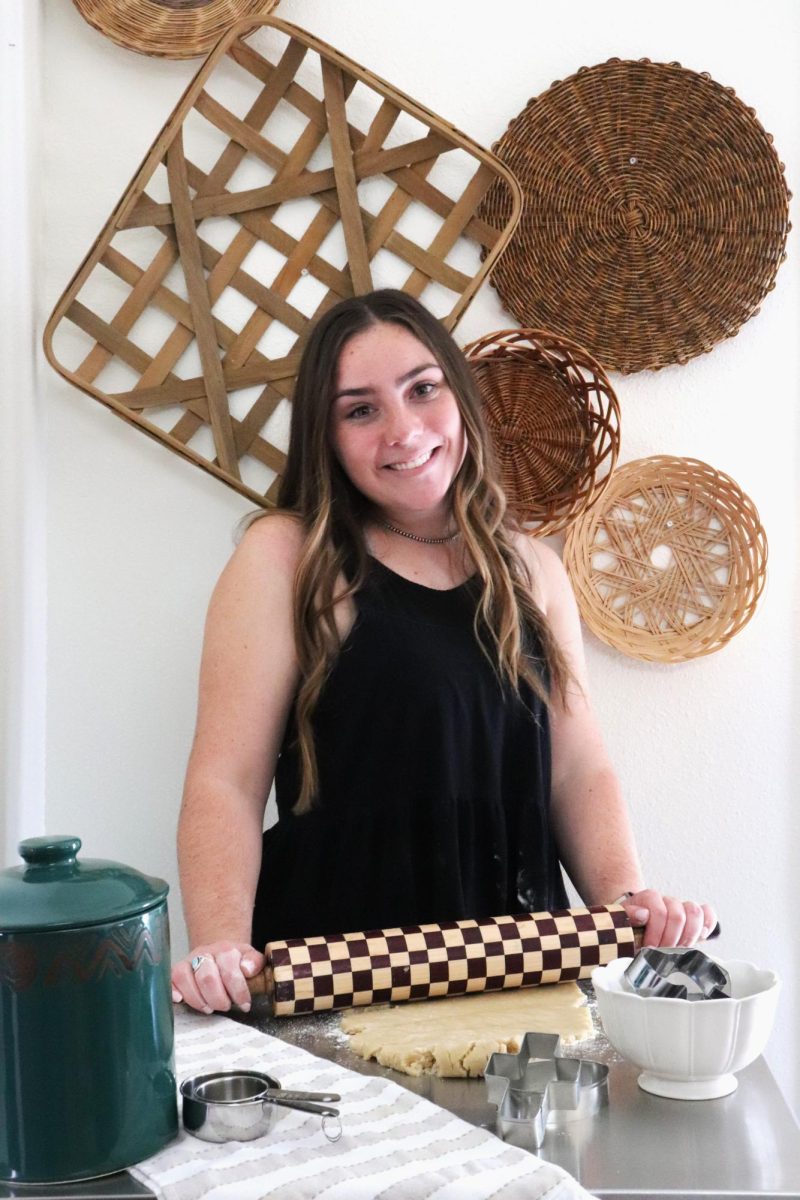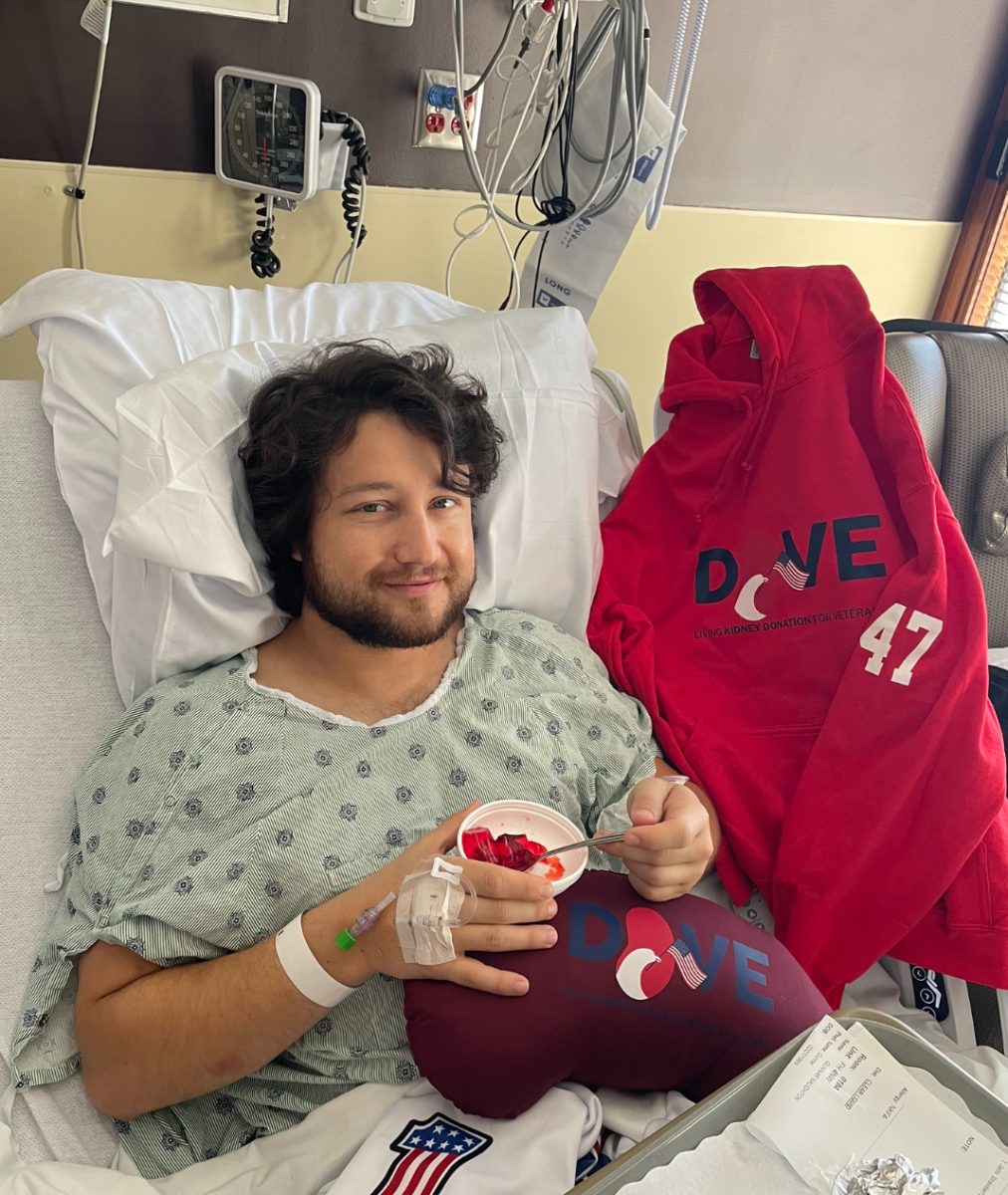If you’re on the path to parenthood, you’ve likely encountered the term ovulation tests. These simple yet powerful tools are key to pinpointing your most fertile days, significantly boosting your chances of conception. But understanding when and how to use them correctly is essential to getting accurate results. Let’s dive into the details, from the science behind the tests to the best timing and interpretation.
How Ovulation Tests Work
Ovulation tests, also known as ovulation predictor kits or OPKs, operate by detecting a specific hormone in your urine: luteinizing hormone (LH). A small amount of LH is always present in a woman’s body. However, about 24 to 36 hours before an egg is released, there’s a dramatic and rapid increase in LH levels. This is known as the LH surge, and it’s the body’s signal for the ovary to release a mature egg.
OPKs are specifically designed to detect this surge. A positive test result means that your body is preparing to ovulate within the next day or two. This small window is your most fertile time, making it the ideal period for intercourse if you are trying to conceive. By identifying this surge, ovulation tests take the guesswork out of timing your efforts.
When to Start Testing
Knowing when to begin testing is crucial to avoid wasting tests and to get the most accurate results. The timing depends on the length of your menstrual cycle. It’s always best to start testing a few days before you anticipate ovulation.
- For a regular 28-day cycle: Ovulation typically occurs around day 14. Therefore, you should start testing a few days before that, around day 11 of your cycle.
- For longer cycles (e.g., 30-35 days): Ovulation occurs roughly 14 days before the start of your next period. So, if your cycle is 32 days long, ovulation will likely be on day 18 (32 minus 14). In this case, begin testing around day 15.
- For irregular cycles: This can be a bit more challenging, but it’s not impossible. The best approach is to use the shortest cycle you’ve had in recent months as your guide. For example, if your last three cycles were 27, 30, and 28 days, use the 27-day cycle as your starting point. Ovulation would likely be on day 13 (27 minus 14), so you should start testing around day 10. If your cycles are highly irregular, you may need to test for a longer period.
Starting a few days early allows you to catch the beginning of the LH surge, which might be missed if you start testing on the day of your expected ovulation.
The Best Time of Day to Test
While many people mistakenly believe that first-morning urine is best for all types of urine tests, this is not the case for ovulation tests. LH levels can be low in the early morning, and the surge often occurs later in the day.
- Do not use first-morning urine. The optimal time to test is generally between 10 a.m. and 8 p.m.
- Test at approximately the same time each day. This consistency is key to catching the LH surge. If you test at different times each day, you might miss the peak.
- Reduce your fluid intake for about two hours before the test. Diluted urine can lower the concentration of LH, potentially leading to a false-negative result even if a surge is happening.
How to Interpret the Results
The results of most ovulation tests are simple to understand, typically showing a test line and a control line.
- Negative result: The control line is present, but the test line is either absent or much fainter than the control line. This means you have not yet experienced your LH surge. Keep testing daily.
- Positive result: The test line is as dark as or darker than the control line. This is your signal! A positive result indicates that the LH surge has begun, and ovulation will likely occur within the next 24 to 36 hours.
Once you get a positive result, you don’t need to continue testing during that cycle. This is your cue to begin having intercourse to maximize your chances of conception.
Ovulation Tests: Part of a Comprehensive Approach
While ovulation tests are a powerful tool, they are most effective when used as part of a broader strategy for conception. Combining them with other methods can help you gain a more complete picture of your fertile window.
- Tracking basal body temperature (BBT): Your BBT is your lowest body temperature during a rest period. After ovulation, your BBT rises slightly and stays elevated until your next menstrual cycle begins. Tracking BBT confirms that ovulation has occurred, while OPKs predict it.
- Monitoring cervical mucus: Throughout your cycle, the consistency and amount of your cervical mucus change in response to hormonal shifts. During your most fertile days, it becomes clearer, more slippery, and resembles egg whites. This type of mucus helps sperm travel to the egg.
- Paying attention to other bodily signs: Some women experience symptoms like mild cramping or one-sided pain (known as mittelschmerz), breast tenderness, or light spotting around the time of ovulation. These signs can serve as additional clues.
By using ovulation tests alongside these other methods, you can gain a deeper understanding of your body’s unique cycle and create the most effective strategy on your journey toward parenthood.























































































































